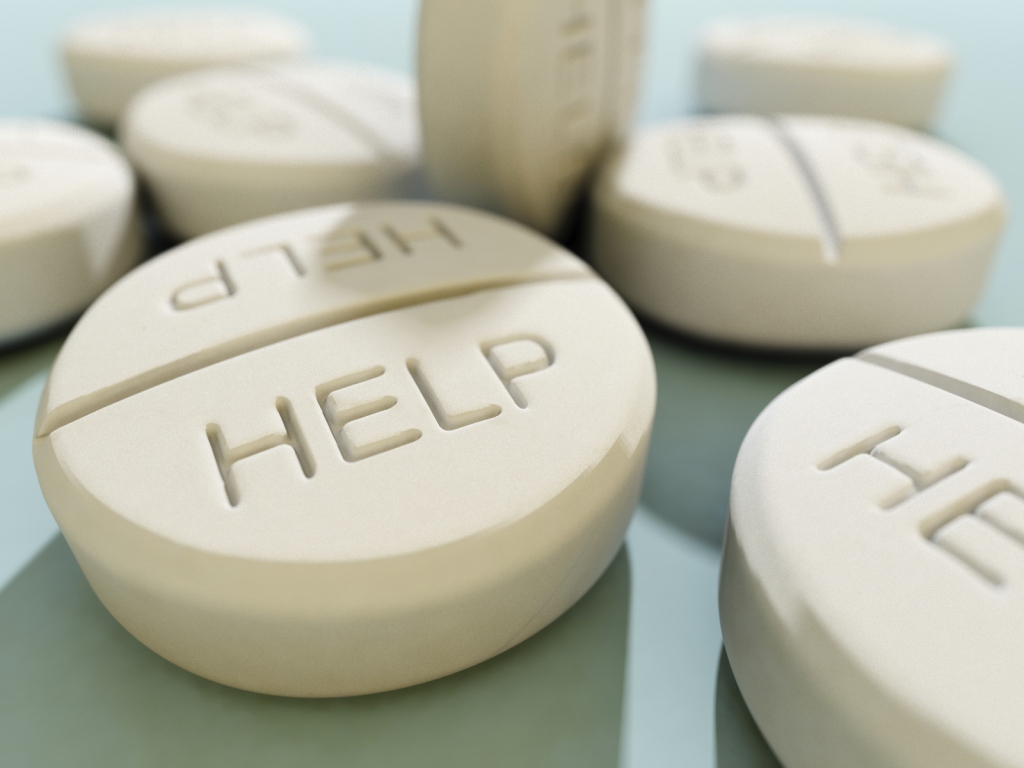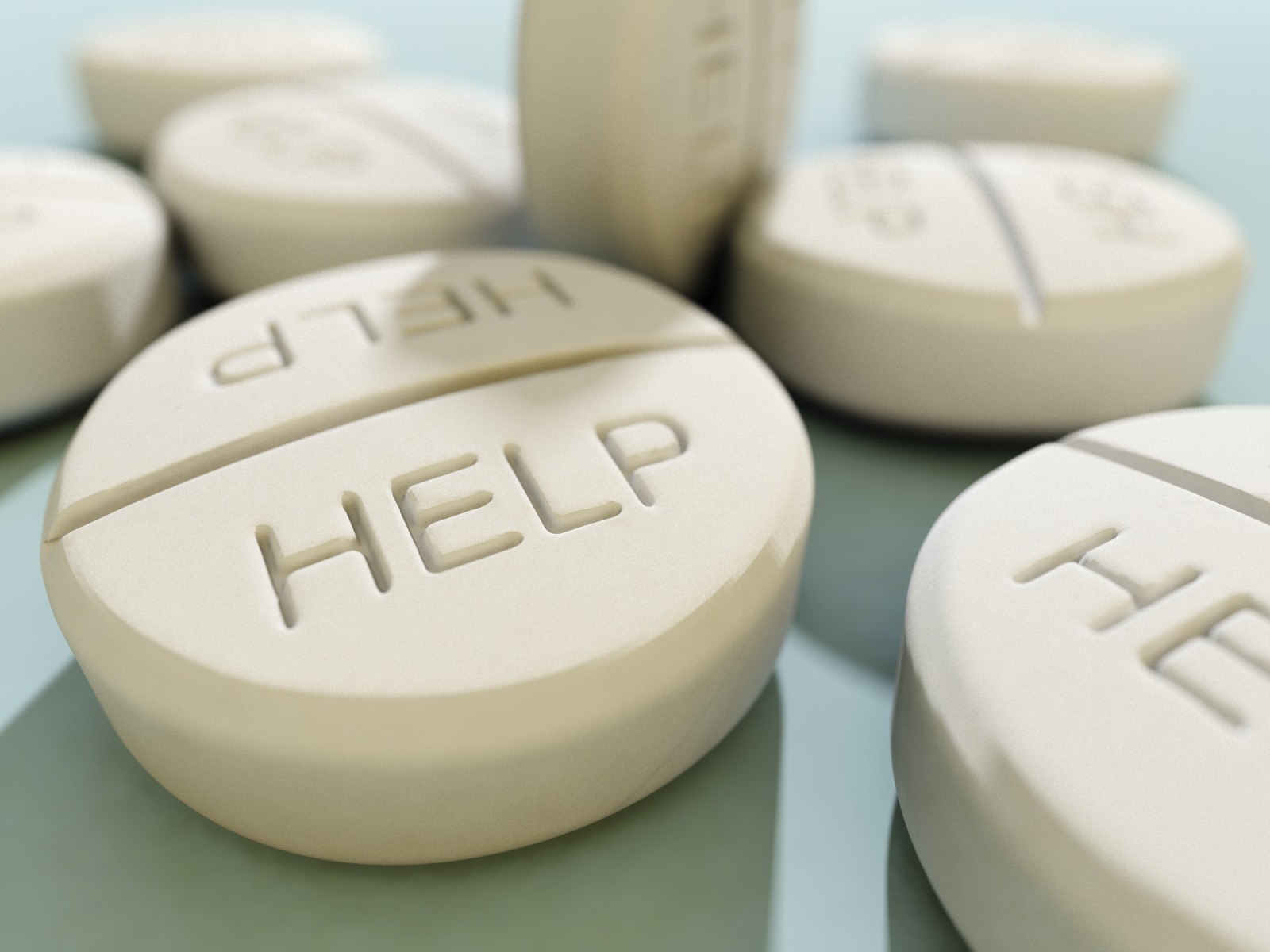Opiates or opioids are one type of medication. They are very similar to heroin; this is why many centers that treat them, including our own, are also heroin rehab centers. Sovereign prides itself on providing a place to detox around qualified professionals who don’t just monitor one’s health, but who take treatment to the next level by attending to emotional needs throughout the process as well. Opiates include heroin as well as pain medications like Fentanyl, morphine and hydrocodone. Although these medications consist of different chemical compositions, they all affect the part of the brain that controls emotions and pain. The opiates have the power to raise dopamine levels in the reward centers of the brain, which has a euphoric effect and will cause relaxation. All of these drugs have a potential for abuse. Even when taken as prescribed, these drugs can turn into an addiction. Some people even go as far as to crush extended-release opioids to inject, which is much more serious and can lead to an even worse addiction. Opiate rehab may include detoxing or taking a similar drug to reduce the cravings and withdrawal.

Central nervous system depressants are another classification, which includes benzodiazepine tranquilizers and barbiturates. Benzodiazepine tranquilizers include diazepam — Valium — and alprazolam — Xanax. Examples of barbiturates are as follows: phenobarbital —- Luminal Sodium — and pentobarbital sodium — Nembutal. These drugs help cause a sedative effect.
The last category of central nervous system depressants is non-benzodiazepine sleep medications like zolpidem — Ambien — and eszopiclone — Lunesta. These drugs have a different chemical composition than benzodiazepines but work in the same manner. They are thought to have fewer side effects. They also have less of a risk for side effects than benzodiazepines. The withdrawal from them isn’t nearly as severe as benzos. Benzo withdrawal may lead to seizures and even death, so the detox rehab centers must gradually wean the person off of them to avoid serious consequences.
Stimulants are another group of drugs that drug rehab facilities like Sovereign treat when use becomes abusive. There are three main types: dextroamphetamine — Dexedrine, methylphenidate — Concerta and Ritalin — and amphetamines — Adderall. All of these drugs are used in a legitimate manner to treat attention deficit disorder, ADD, because they actually have a calming effect on those with this condition. Provigil isn’t truly an amphetamine, but it has a similar effect to the drugs already listed. It’s usually used for people who have daytime sleepiness. All of these drugs have a high potential for addiction and abuse. The risk is even greater for those who aren’t prescribed them and who are taking higher doses. Further danger arises when these drugs are crushed, snorted, or injected. People build up a tolerance for this classification of drug. They need more and more amphetamines per dosage to achieve the same high. People who go through withdrawal from any one of these drugs feel anxiety, aggression, intense cravings, fatigue, paranoia and depression.

